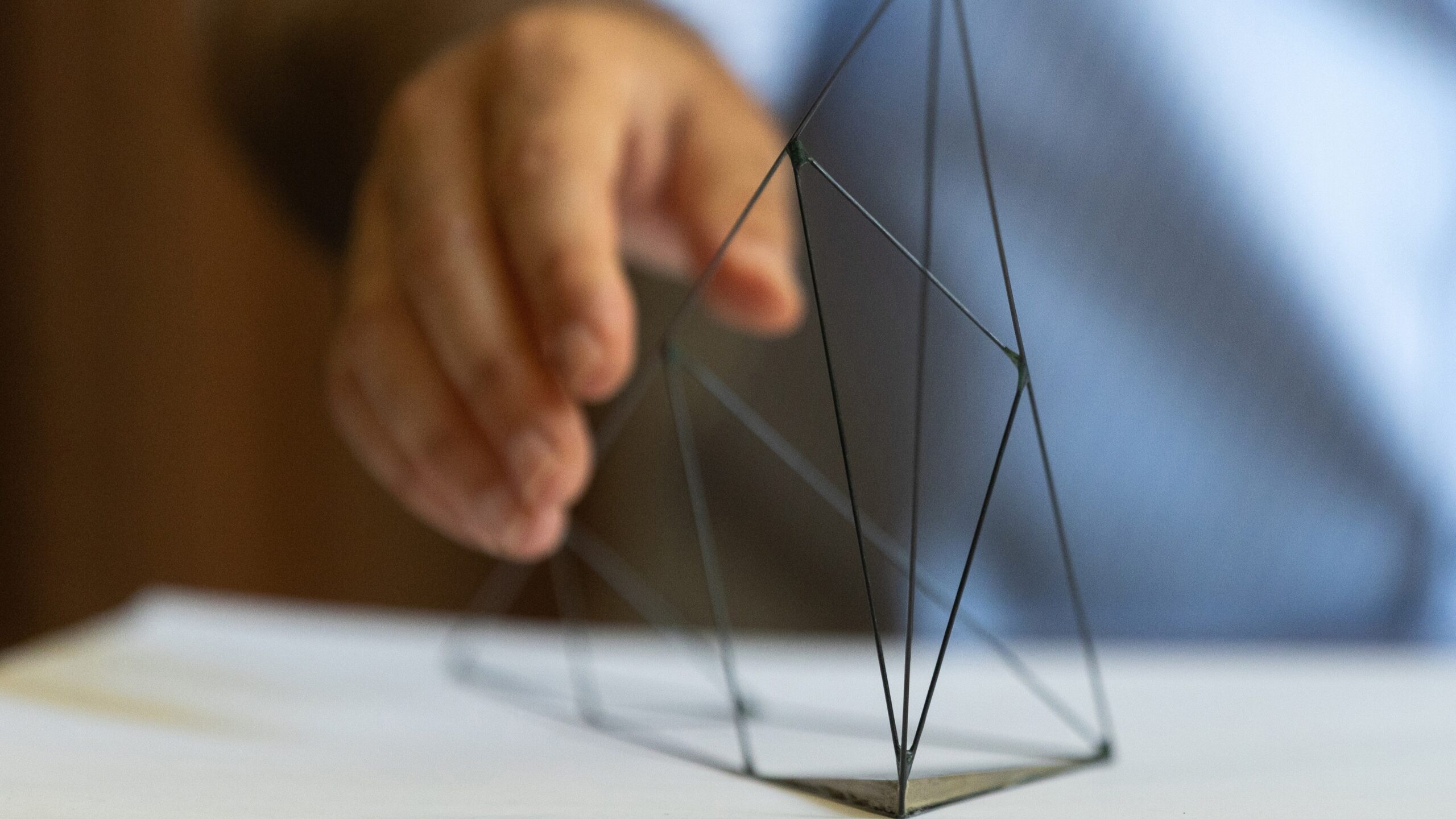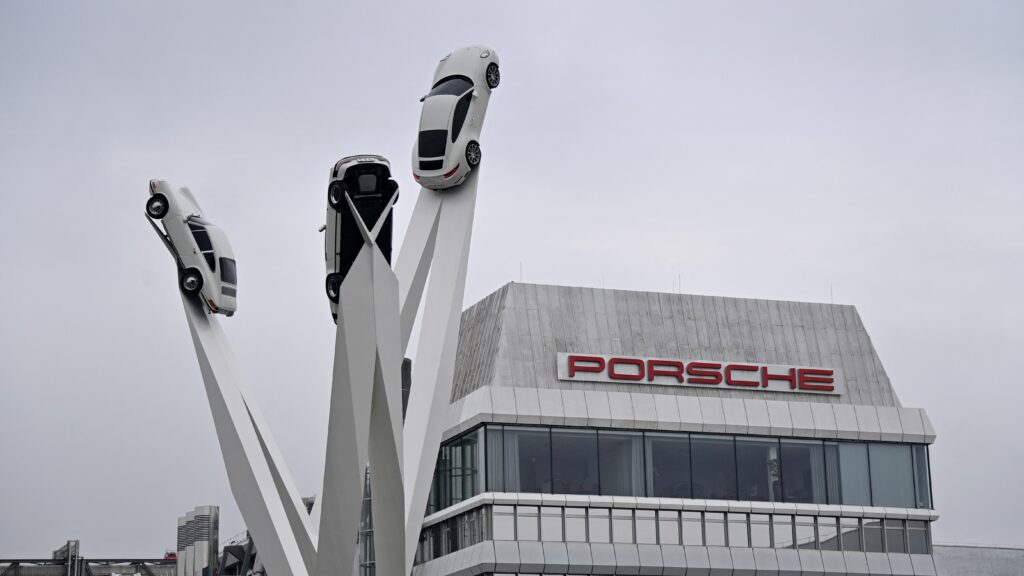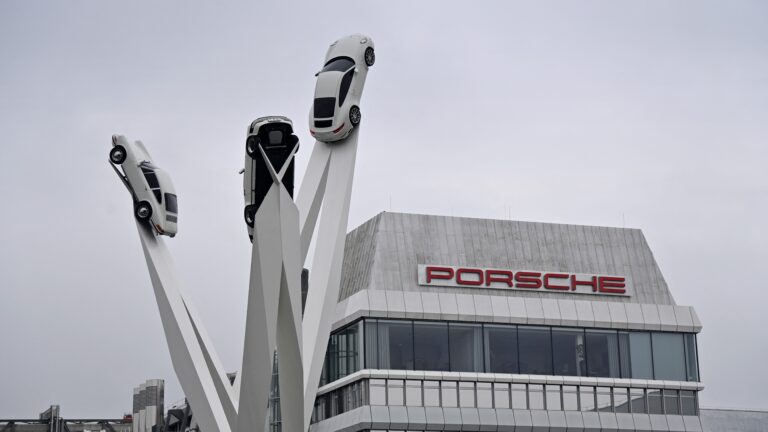A research team at the Budapest University of Technology and Economics (BME) has achieved a groundbreaking geometric and engineering feat: they’ve designed and physically constructed the world’s first monostable tetrahedron. Named ‘Bille’, this unique four-faced object always tips back onto the same face when placed on a flat surface. The invention could have real-world applications, especially in the design of stable landing systems for space missions.
Developed by architecture student Gergő Almádi and BME professor Gábor Domokos, the shape is the first known polyhedron with only four faces to demonstrate this self-righting behaviour. Their work, completed in collaboration with Robert Dawson of St Mary’s University in Halifax, confirms a 1984 conjecture by legendary mathematician John Horton Conway, long thought to be unprovable.
As Domokos explained, ‘the fewer the faces, the harder it is to make a shape that always returns to the same position.’ Until now, most believed a monostable body couldn’t be constructed with just four flat surfaces. The Bille, built from a lightweight carbon tube frame and a dense tungsten-carbide core, proves otherwise.
The discovery opens new avenues in mechanical design. ‘If we can do this with four faces, we can potentially build similar objects with any number of faces,’ Domokos said. He emphasized the model’s practical relevance, noting that it could inspire more reliable, self-righting landing modules for space exploration—especially given that several lunar landers remain inoperable today after toppling on arrival.
Unlike purely theoretical solutions, the Bille’s functionality is physically demonstrable. ‘This is a proof that works in reality,’ said Domokos, stressing its robustness compared to abstract mathematical proofs that might contain overlooked errors.
The study on this discovery was published in Quanta Magazine on 25 June, while the physical model was unveiled the day before at BME. Almádi defended his thesis on the project on 24 June at BME’s Faculty of Architecture.
Beyond academic significance, the development suggests that engineers might soon use similar geometric principles to design objects that avoid tipping over, purely through their shape. This could have implications far beyond space—potentially affecting everything from robotics to industrial product design.
Related articles:







